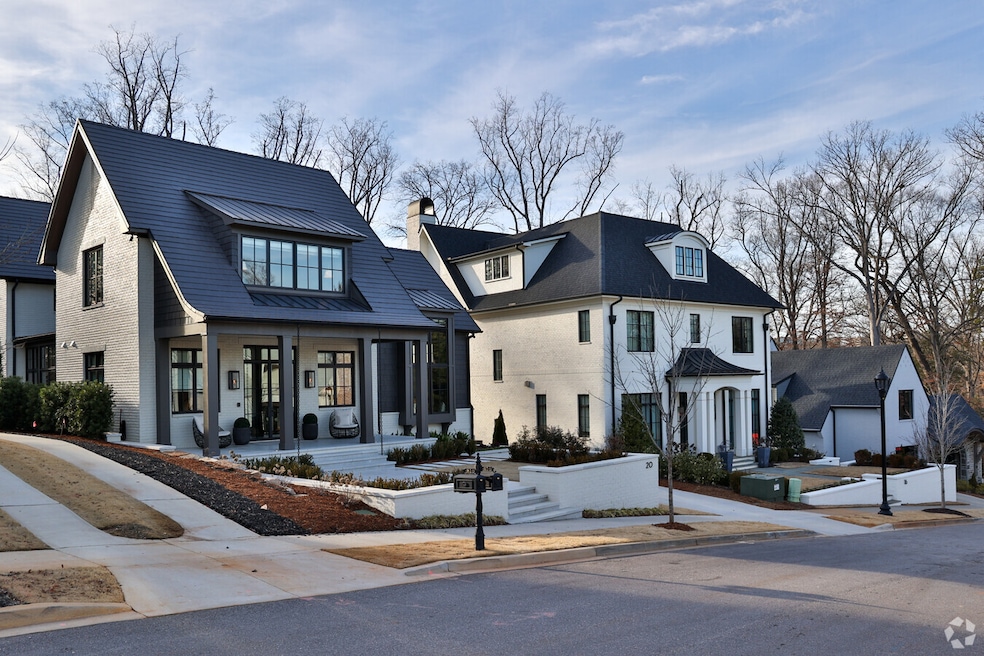While the United States housing market has been slow this year, the National Association of Realtors is optimistic that demand will pick up in 2025 — particularly in some areas.
Using criteria including demographic measures, mortgage rate data and home prices, a team of economists and researchers at the industry organization came up with a list of what they said could be 10 of the hottest housing markets next year.
Here are the markets the NAR will be watching in 2025.
Greenville-Anderson, South Carolina: Of the top 10 markets, Greenville met the most criteria economists used to evaluate each area. Researchers pointed to the metropolitan area’s strong net migration flow, low mortgage rate compared to the national average and abundance of starter homes priced at 85% or less of the median home price as factors that could fuel the housing market next year.
Boston-Cambridge-Newton, Massachusetts-New Hampshire: Stabilization in the mortgage market is expected to bring strength to residential real estate in the Boston area, economists said. The metropolitan area should see easing inventory restraints as more homeowners who have been holding on to their lower-rate financing are incentivized to move once mortgage rates ease. At the same time, the area has a large share of starter homes priced below $550,000, which could create opportunities for more buyers.
From the Homes.com blog: How to Get A Mortgage
Charlotte-Concord-Gastonia, North Carolina-South Carolina: In the Charlotte area, big gains in the job market and overall economy have positioned the housing market for growth, economists said. A large population of households led by adults is set to reach the ages of 35 to 40 in the next five years, meaning that housing demand will be sustained in the area. Those buyers will also benefit from Charlotte’s wide range of affordable housing options.
Grand Rapids-Kentwood, Michigan: Demographic shifts, including an increase in renters who can now afford to purchase houses and households led by those entering the prime homebuying age, in the next five years will keep the demand for housing in the Grand Rapids area strong, researchers said. They expect that will be boosted further by expected growth in inventory and accessibility to starter homes.
Hartford-East Hartford-Middletown, Connecticut: An abundance of aging homeowners in Hartford could soon lead to an influx of housing supply in the area, according to economists. Combined with the area’s favorable financing environment that offers one of the lowest average mortgage rates among top markets in the country, that could mean growth in the overall housing market.
From the Homes.com blog: How to Choose a Neighborhood
Indianapolis-Carmel-Anderson, Indiana: More available jobs and affordable housing have attracted new residents to the Indianapolis area and bolstered housing demand. Looking ahead, economists expect first-time buyers and young families to continue purchasing houses in the region, especially because there are fewer existing residents locked into mortgage rates than at the national level.
Kansas City, Missouri: Kansas City is unique in that it offers buyers both lower mortgage rates than the national average and a smaller proportion of homeowners locked into a low rate. Together, that creates a favorable financing environment with access to inventory. That could be especially attractive to the area’s population of millennials looking to move up from renting and step into homeownership.
Knoxville, Tennessee: Between strong migration gains and an equity-rich population of homeowners, economists said they see big potential for the Knoxville market to grow in 2025. At the same time, the area has fewer homeowners locked into mortgage rates lower than the national average. As a result, buyers could see more supply options.
Phoenix-Mesa-Chandler, Arizona: As more Californians migrate to the Phoenix area and the region’s economy continues to grow, the housing market is teed up to see a prosperous housing market, according to economists.
San Antonio-New Braunfels, Texas: Similar to Phoenix, the Texas Triangle has seen rapid job growth since the pandemic, and that's lured new residents to the area. Combined with mortgage rates below the national average, that’s created an environment suitable for a growing housing market, researchers said.

